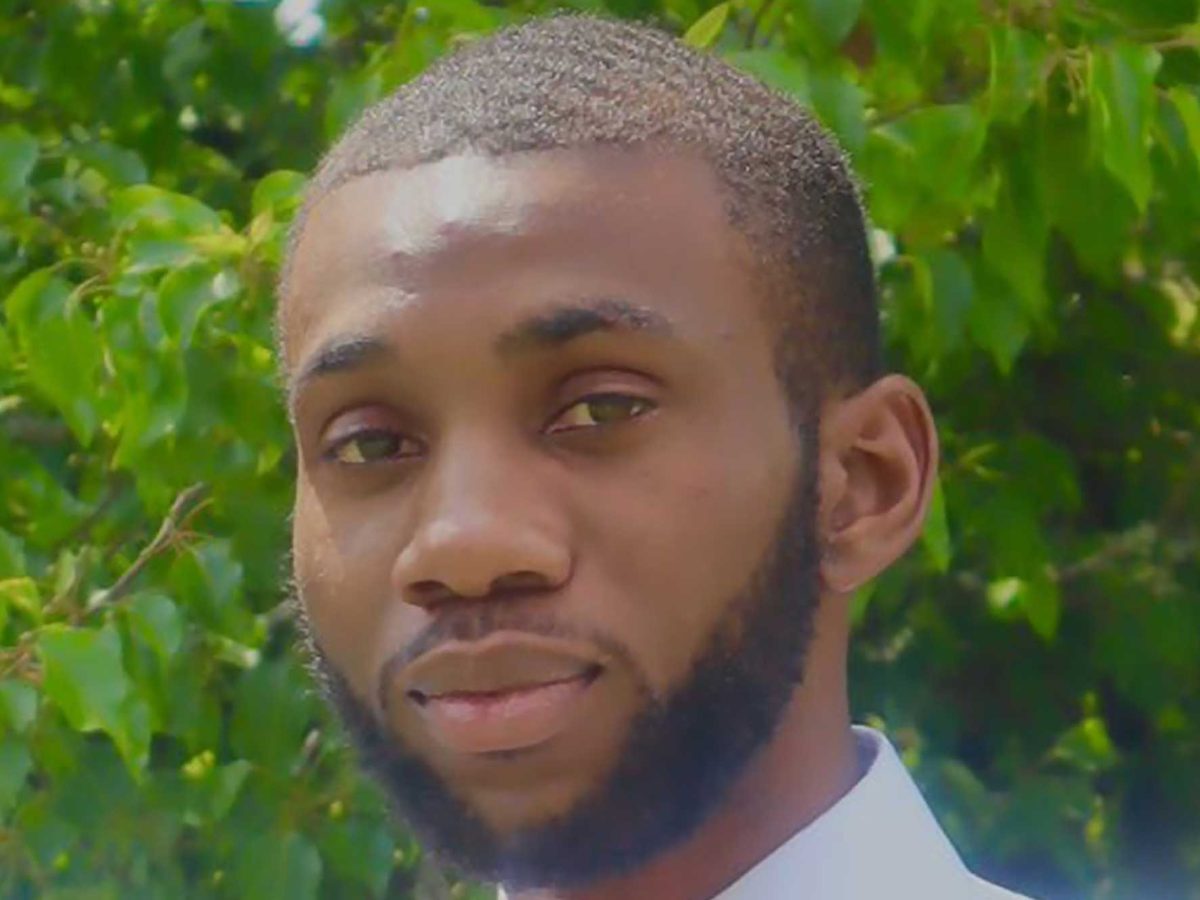
In September, multiple news reports surfaced about a Delta State University student found hanging from a tree on campus. What made this story gain national attention was that the student was a young Black man named Trey Reed. After the university’s investigation and law enforcement’s involvement, the Mississippi State Medical Examiner ruled his death a suicide. A second autopsy has been conducted but not yet released to the public.
Since then, the news of his death has sparked outrage within the Black community. Many believe Reed did not take his own life and instead was the target of racial violence.
For those unfamiliar with its history, lynching of Black people dates back to the early 1800s, a horrific period when African Americans were already enduring the brutality of slavery. These killings were often concealed, carried out by white supremacist mobs. That began to change when investigative journalist Ida B. Wells took action to expose the racial injustices of the American South.
Born into slavery in Mississippi, Wells became one of the first reporters to document and challenge the epidemic of lynchings. After losing friends to racial violence, she used her platform to investigate why Black people were being targeted at alarming rates. Her work ignited national conversations about civil rights and anti-lynching legislation, proving that journalism could be a weapon for justice.
Now in 2025, while much has changed since the 1800s, lynching has not disappeared. Over the decades, we have witnessed the deaths of Emmett Till, George Floyd, James Byrd Jr., Breonna Taylor, and Ahmaud Arbery, each connected to racial hatred or police brutality. According to the NAACP, numerous Black individuals were found dead by hanging in the 2000s and 2010s, often ruled as suicides despite lingering suspicions of foul play. Many believe those deaths were covered up to hide racial violence.
Today, lynching has evolved into new forms. After the killing of Trayvon Martin in 2012, the Black Lives Matter movement was born to confront systemic racism and educate the community about ongoing hate crimes. When George Floyd was killed in 2020, his death reignited a global reckoning as people labeled it what it was, a modern-day lynching. The same outrage followed the death of Breonna Taylor, who, like Floyd, was killed unjustly by those sworn to protect her.
These tragedies reveal a troubling pattern. Deaths that are recorded or captured on camera receive national attention, while others go unnoticed, leaving families without closure or justice. This selective visibility in the media deepens the pain of those whose loved ones are ignored.
The persistence of these acts is heartbreaking. They create fear, division, and hopelessness at a time when the country is already tense. Since President Trump’s return to office, his administration has made efforts to limit Black history education, undermining the stories and struggles that shaped this nation. For many, that erasure feels like another attempt to silence the truth.
Before this administration, progress had been made. In 2022, President Joe Biden signed the Emmett Till Antilynching Act, officially making lynching a federal hate crime. The law came after decades of failed attempts and countless lives lost, including Ahmaud Arbery’s, who was murdered while jogging.
Social media has become a crucial tool in bringing attention to these injustices. Stories like Trey Reed’s deserve the same visibility as others that have sparked national outrage. His death in Mississippi, a state long haunted by racial violence, raises questions that cannot be ignored. His family deserves answers, not silence.
As we continue to push for racial justice, we must remember that every name matters. Every story deserves to be told. Using our voices through activism, journalism, or community is how we honor those who were taken too soon. Trey Reed’s story is not just about tragedy but about the ongoing fight for truth and justice in America.